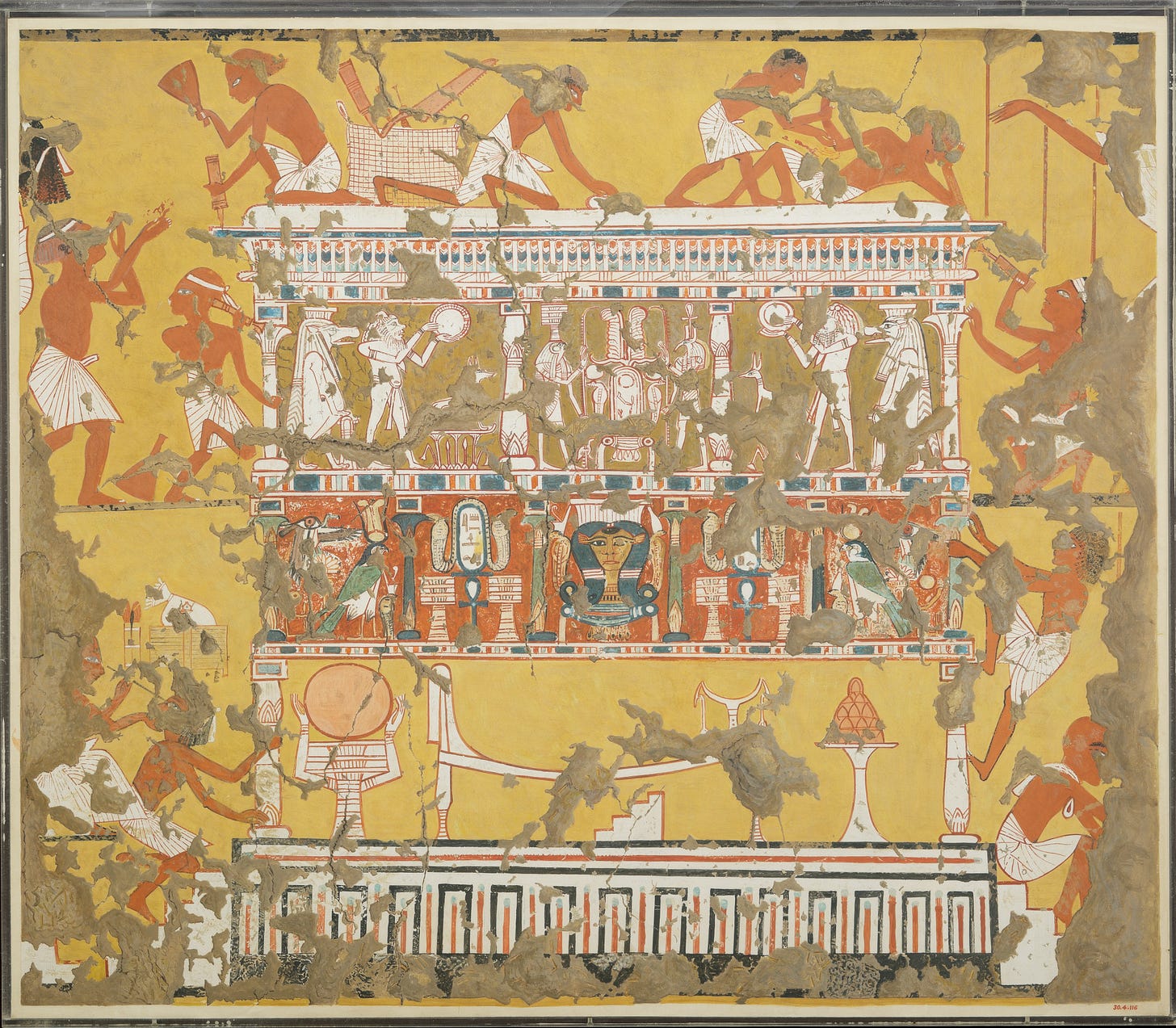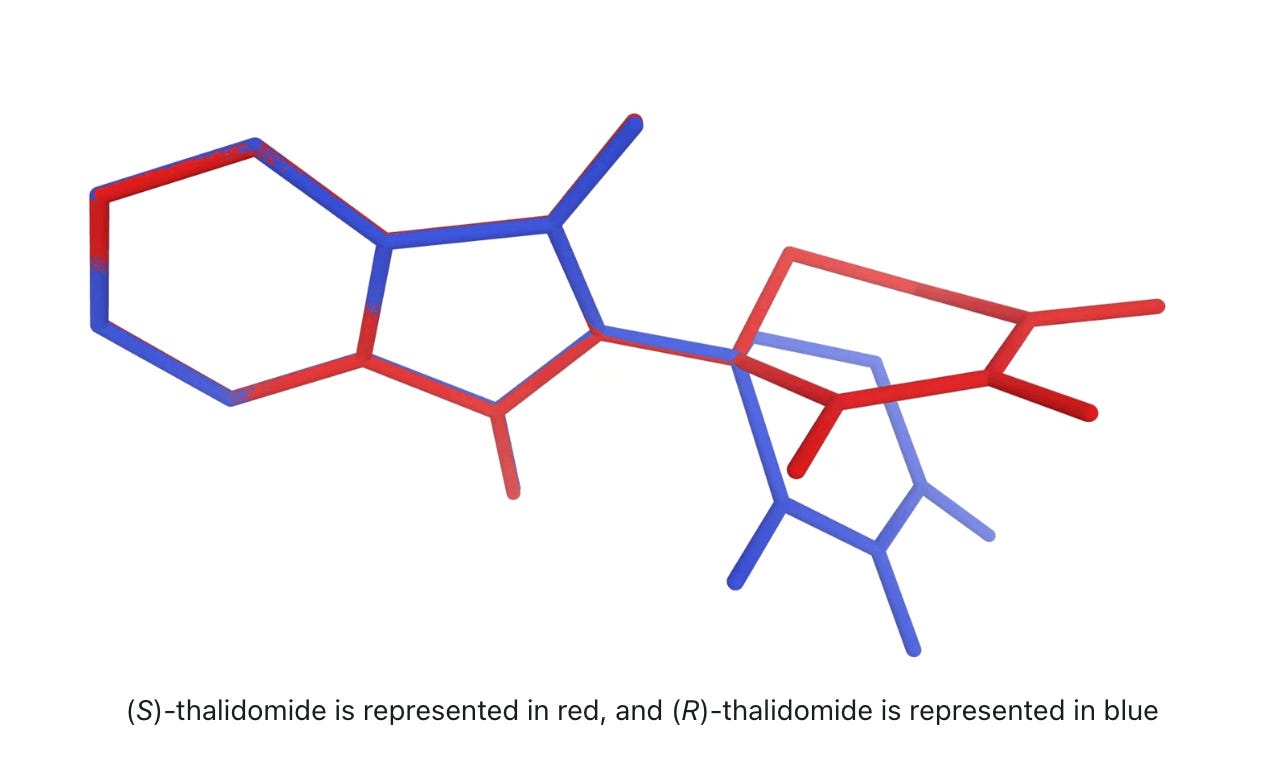MSA, Protein–Ligand Binding Affinity Exploration, and Stereochemistry
MSA-related occurrences and our incident postmortem; MSA server coming soon; exploring new approaches to binding-affinity prediction; a farewell to interns; a new stereochemistry lab
Co-Folding Failures and Rowan-Hosted MSA Server
Over the weekend, we saw a spike in co-folding failures caused by instability with the public MSA server many tools rely on. We’ve refunded affected users, added a warning to Rowan’s submit page, and enabled a fallback mode for Boltz-2 without MSA.
To improve long-term stability, we’re in the final stages of deploying our own ColabFold server for both Rowan users using our web application & API and other computational scientists. If you are interested in getting access to this server, please fill out this form.
For a deeper dive into what happened and why it matters for the field, read our full play-by-play narrative and postmortem.
Exploring Protein–Ligand Binding-Affinity Prediction
Our intern Ishaan joined the team this summer to work on one of the biggest areas in computational chemistry: protein–ligand binding-affinity prediction.
There's a big gap in binding-affinity prediction methods between docking (which is fast, but relatively poor at experimental rankings) and free energy perturbation, or FEP (which is slow, but quite good at recreating experimental rankings). Over the summer, Ishaan endeavored to find a computational workflow that would take a medium amount of time and produce more accurate rank orderings that faster methods.
He worked on two main approaches: he started by working to correlate combinations of gas phase enthalpies, generalized Born polar solvent corrections, and solvent-accessible surface areas with measured affinities before turning to machine-learned interaction embeddings in ATOMICA. While we haven't finished anything production-ready yet, we wanted to share what we learned: read about Ishaan’s attempts and their results.
A Farewell to Interns
As our first summer interns ended their time with us, we asked them each what they learned. Here a few things they responded with:
“Staying up to date with the literature in a field is really helpful in giving you a clear picture of the field's current state. Transitioning from reading an occasional paper to reading a paper daily feels like being freed from the cave and going outside.”
"There's a gap between ML papers reporting new methods and what scientists actually care about. Usefully addressing this gap requires rigorously testing methods, looking at data splitting, benchmarking, and carefully examining any potential data leakage.”
"Applied research in industry requires a faster pace and narrower focus than academic research (no getting nerd sniped).”
"Blogs are an awesome source of information for both technical and nontechnical content.”
Read their full responses on our blog.
Stereochemistry Lab
Previously, Isaiah (our summer intern) and Jonathon released a demonstration of how computational chemistry could be used to teach the Diels–Alder reaction. (If you missed it, you can still read their newsletter and their lab.) They’ve now released a second lab, focusing on how computational chemistry can be used to teach stereochemistry.
Stereochemistry can be very difficult for chemistry students to understand, particularly because it’s often taught with static 2D structures; Rowan’s interactive 3D simulations makes it easy to manipulate and superimpose different structures, helping students build important chemical intuition. You can read the full lab here; here’s a sample visualization:
As the start of the semester draws near, we’re excited to continue working with professors and classes to help support chemistry education. If you’re teaching or TA-ing a class this fall, read more about how Rowan works with classes and reach out at contact@rowansci.com!






The link to Ishaan's attempts and their results was broken in the first draft of this post; you can find his blog post here: https://www.rowansci.com/blog/exploring-protein-ligand-binding-affinity-prediction